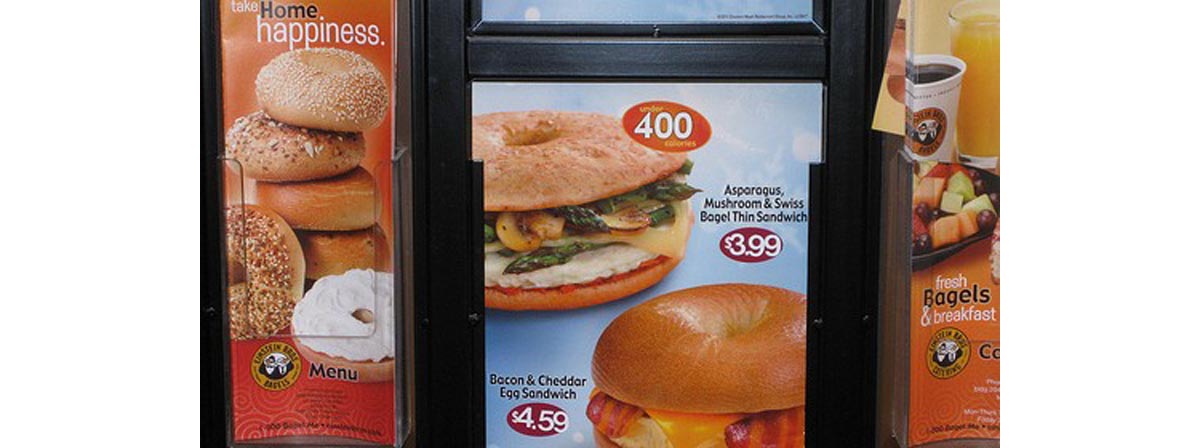Childhood obesity epidemic is a problem that many countries around the world are facing. It is associated with increased mortality and morbidity and leads to increased expenditure on health conditions. Statistics show that the rates of obesity in the children and young generation of America have become thrice of what they used to be in the last quarter century.

Around 20% of the adolescents and young adults are obese and the obesity rates in preschoolers are also increasing at a remarkable speed.
The lifelong risk of developing diabetes and other health problems is also higher in Hispanics compared to whites and blacks. Research also shows that Hispanics watch more television compared to others and are therefore, more exposed to advertisements related to foods. So, is it fair to assume that food advertisements shown on television are somehow responsible for the increasing prevalence of obesity in Hispanic youth?
According to a new study published in a recent issue of the journal JAMA Pediatrics, Hispanic youth are exposed to 12 percent more television than their non-Hispanic counterparts. This translates to more exposure to food commercials and may be a reason behind the increased prevalence of obesity in them. The research was carried out by Frances Fleming-Milici from the Yale University along with his colleagues. They measured advertising on national broadcast and cable television in 2010. The households consisted of Hispanic and non-Hispanic children belonging to three major age groups.
They were preschoolers who were 2 to 5 years old, children between 6 and 11 years of age, and adolescents between 12 and 17 years. As most of the Hispanic children speak both English and Spanish, the researchers measured the exposure of these children to food related commercials on both English speaking and Spanish speaking television programs. The advertisements were categorized into those of fast food restaurants, breakfast cereals, candies, snacks, milk and milk products, juices, noncarbonated beverages, carbonated drinks, energy drinks, fruits and vegetables, desserts, and other prepared foods.
Of these categories, the most commonly viewed commercials by the Hispanics were those of fast food, breakfast cereals and candies. The researchers noted that while there were only two commercials of these types per hour on Spanish language programs, there were eight such commercials per hour on English language programs. While 84% of food related commercials on Spanish language programs advertised unhealthy foods and beverages, this percentage was around 73% in case of English language programs. As Hispanic children are exposed to programs of both the languages, they end up getting more exposed to food related commercials on television compared to youngsters who speak only one language.
Food and beverages advertisements are aimed at targeting the children and youth
The authors of the above mentioned study found that between 2009 and 2010, almost 10% of all American children between the ages of 2 and 5, and almost 20% of all American children between the ages of 6 and 17 were obese. The main reason that can be attributed to this alarming rate of obesity is the television advertising aimed at the children and youth. It was noticed that more than 80% of all food related advertisements promoted unhealthy food rich in saturated fats, sugar or sodium.

According to Zsuzsanna Jakab, WHO Regional Director for Europe, television viewing contributes to obesity in two ways: firstly, the children who spend a lot of time in front of their television sets remain inactive and become obese; secondly, they are exposed to advertisements promoting unhealthy foods and beverages.
Hispanic children were found to be exposed to approximately 4000 food related commercials on television in the year 2010 alone.
A study published in 2009 in the European Journal of Public Health found that limiting the exposure of children to commercials promoting unhealthy food and beverages can lower the rate of obesity. The research was based on a mathematical model which simulated the effect of reducing the exposure of children between the ages of 6 and 12 to food related television advertisements, on their weight and obesity rate.
It was seen that if the rate of exposure of children to television advertisements related to unhealthy food items is reduced to zero, their body mass index would reduce by around 0.38 kg/m2. It would also bring down the prevalence of obesity from 17.8% to 15.2%. The study further concluded that if television food advertisements are removed, one in seven to one in three obese children in America would no longer remain obese. The study revealed the extent to which television food commercials influence the diet of the children.
Research has also found that in very young children, every one hour increase in television time every day is associated with an excess calorie intake of around 48.7kcal/day. This increased calorie intake is usually in the form of fast food, sweetened beverages and red meat.
According to another study, an average American child between the age of 2 and 11, views around 11.5 minutes of food related television commercials daily. It has been seen that exposure to these commercials has an effect on a child’s food preference, the purchase behavior of the family and the nature and amount of food consumed.
Experts say that children below the age of 6 are unable to differentiate between programs and advertisements, and children less than 8 years do not understand the persuasive nature of commercials. Advertising aimed at children so small in age is nothing but exploitative. Children are greatly influenced by these advertisements and can accurately recall them. Repeated exposure to such advertisements strengthens their product preference. They pester their parents to buy certain products thus influencing their parents’ purchasing decisions.
Apart from contributing to the growing rate of obesity in children, television commercials have been linked to various eating disorders, dissatisfaction with one’s body, lowered self-esteem and depression. Although the food and beverage industry has often made promise of self-regulating their marketing to small children, little has been done till date. Concrete measures need to be taken in this regard in order to tackle the menace of obesity in children.
- “Amount of Hispanic Youth Exposure to Food and Beverage Advertising on Spanish- and English-Language Television”, by Fleming-Milici F, Harris JL, Sarda V, Schwarts MB, published in Journal of American Medical Association on June 17, 2013, accessed on July 28, 2013
- “By how much would limiting TV food advertising reduce childhood obesity?” by Veerman J L, Beeck EF, Mackenbach JP, et al, published on March 26, 2009 in the European Journal of Public Health, accessed on July 28, 2013.
- Photo courtesy of Malingering by Flickr : www.flickr.com/photos/malingering/5520606084/
- Photo courtesy of derekv2 by Flickr : www.flickr.com/photos/75417845@N06/6777692913/


Your thoughts on this